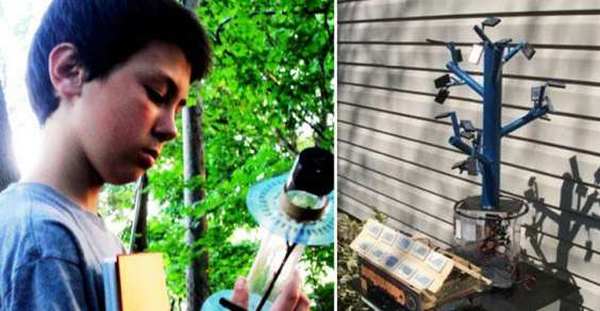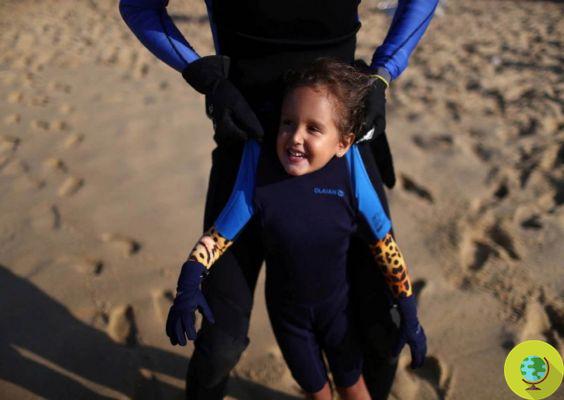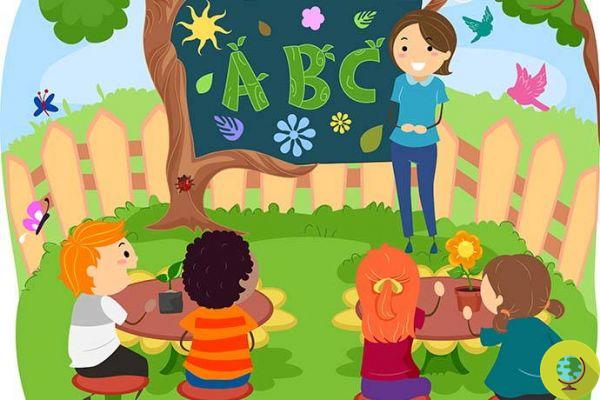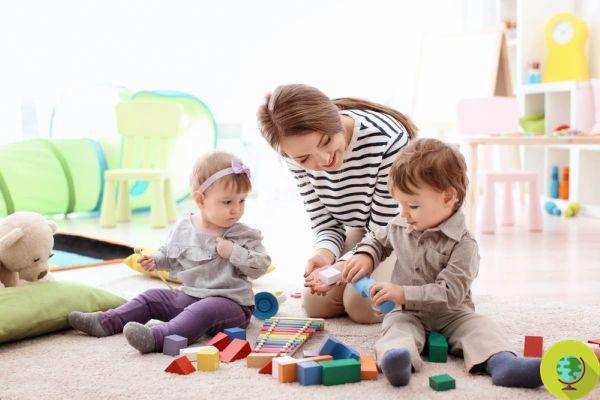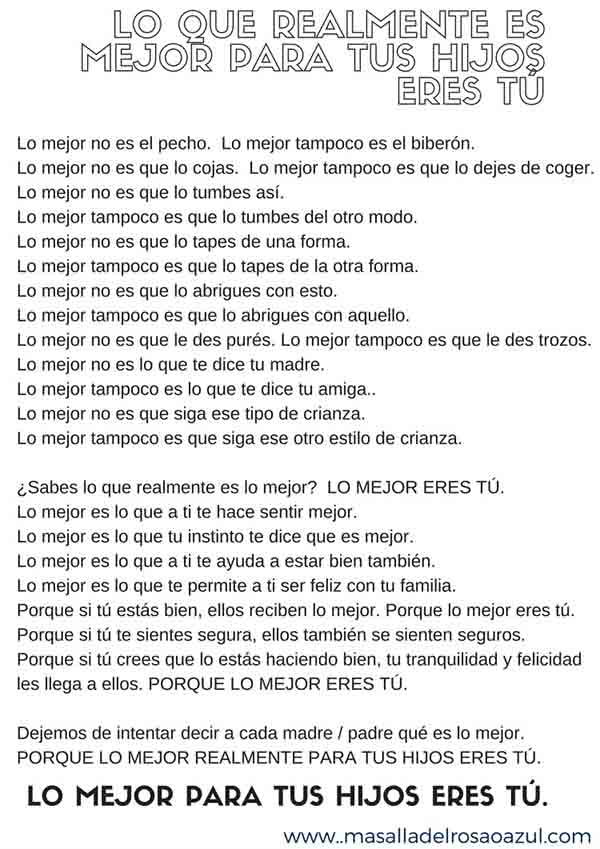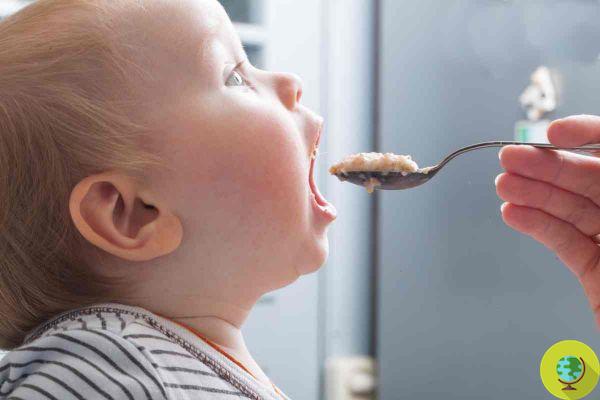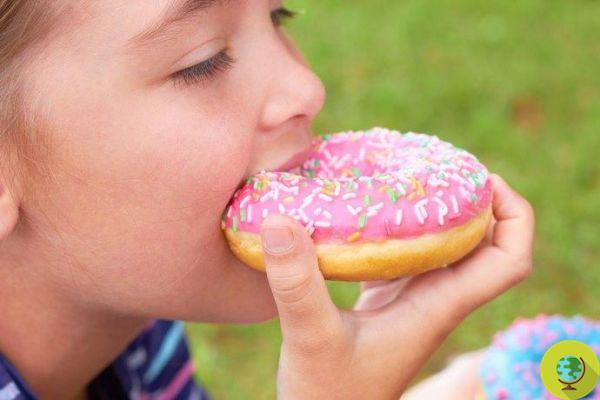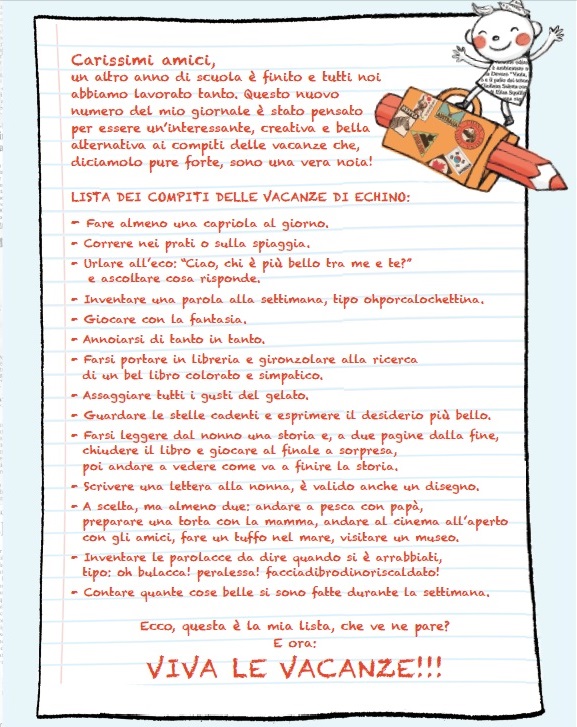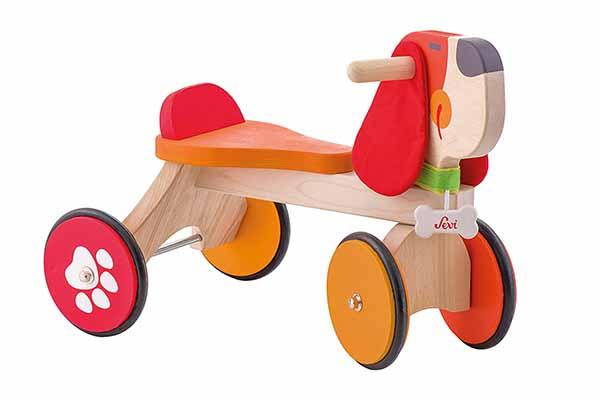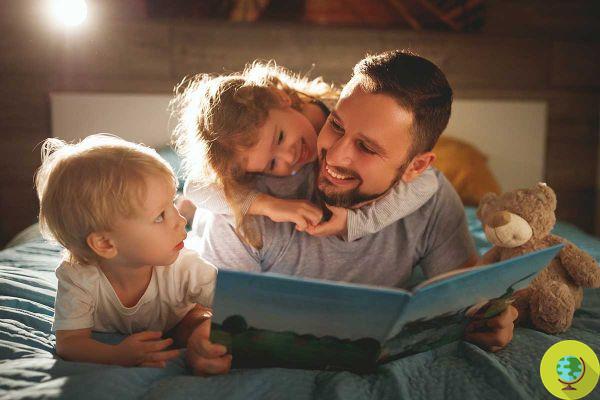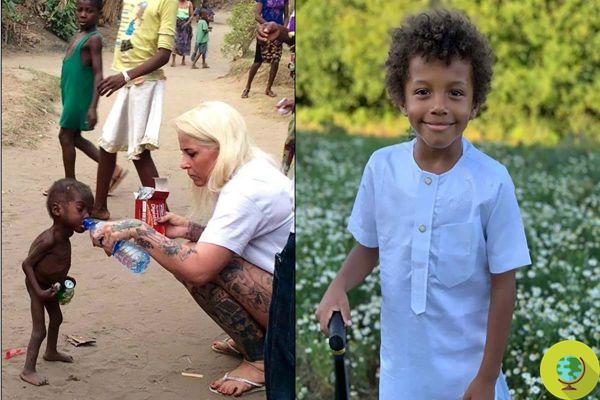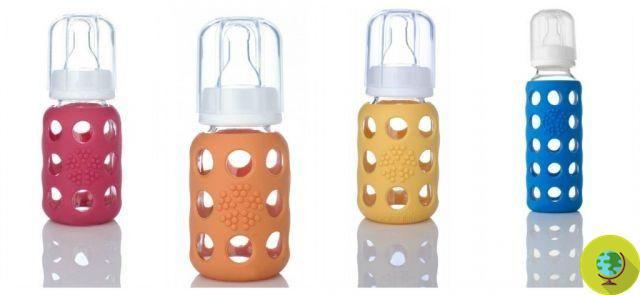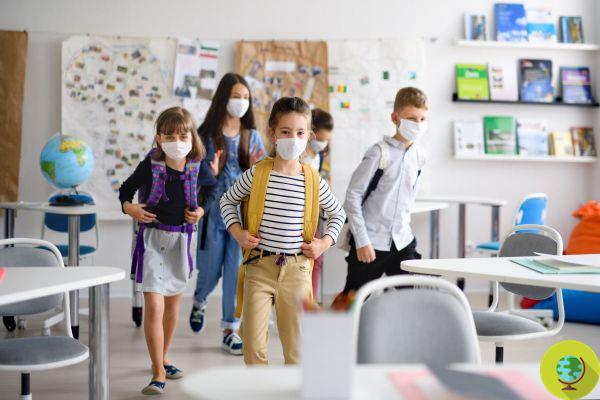New research confirms newborns' ability to recognize emotions.
Don't store avocado like this: it's dangerousBabies as young as 6 months they recognize emotions. In fact, still in the cradle, they would already be able to distinguish the different emotional expressions. But do they really recognize emotions or do they only distinguish the physical characteristics of faces and voices?
Researchers from the University of Geneva, Switzerland, have provided an initial answer to this question by measuring the ability of six-month-old babies to establish a connection between a voice expressing happiness or anger and the emotional expression on a face (always happiness or anger).
Emotions are part of our life from a young age. Expressing emotions is the first tool available to children to communicate with those around them: they declare their feelings through posture, voice, crying and facial expressions from birth. These attitudes help parents or those around them to understand the emotional state of the child. A baby's tears, for example, may be an expression of his discomfort and basic needs (to be fed or changed or to lie down), but will the reverse also be true? Are children able to identify the emotions expressed by adults? Do they adapt their behavior to the emotions they are exposed to?
Well the results of the study (part of a project aimed at examining the development of emotional discrimination skills in childhood funded by the Swiss National Science Foundation (SNSF), published in the journal Plos One, show that children look at a face angry - especially the mouth - longer if they have already heard a happy voice A reaction to something new that would demonstrate for the first time that children have an early ability to transfer emotional information from auditory to visual modalities.
In short, only at six months infants would be able to identify the emotions of others, not just faces or voices, but emotions themselves: During this time, infants have a preference for smiling faces and happy voices. Before six months, they would distinguish happiness from other expressions such as fear, sadness or anger, while starting at seven months, they develop the ability to discriminate between several other facial expressions. It seems, therefore, that children have the first skills to distinguish between emotions, but do they really recognize them or do they only distinguish the physical characteristics of faces or voices?
In an attempt to find an answer, 24 six-month-old babies took part in a study at the Geneva BabyLab. They were exposed to voices and faces that expressed the emotions of happiness and anger. During a first phase dedicated to auditory familiarization, the children found themselves in front of a black screen and listened to a neutral, happy or angry voice for 20 seconds. In the second stage - based on a 10-second "visual discrimination" - the children were placed in front of two emotional faces, one expressing happiness and the other anger.
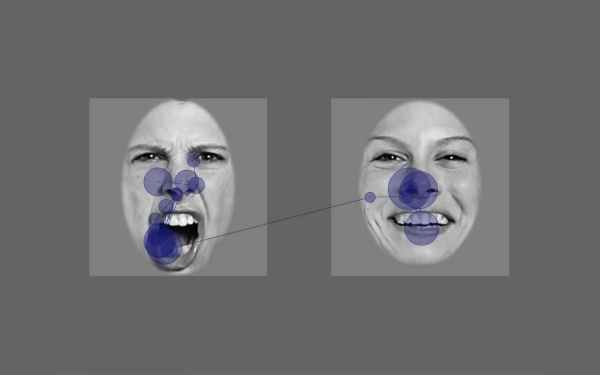 NeuroscienceNews.com
NeuroscienceNews.com
Using eye tracking - in English eye tracking, a method that measures where and for how long the gaze dwells on a particular -, the researchers led by Professor Edouard Gentaz, were able to determine whether the time spent looking at the one or another of the emotional faces - or specific areas of the face (the mouth or eyes) - varied according to the voice they heard. Indeed, if the children had looked at happy or angry faces alike, it would not have been possible to conclude that there was a difference.
And "instead - as Amaya Palama, researcher of the BabyLab and developmental psychologist explains - if they had looked at one face much longer than the other, we could have said that they are able to identify a difference between the two faces".
Children prefer what is new and surprising
The results of the study revealed that the six-month-olds had no preference for any of the emotional faces if they had already heard a neutral voice or a voice expressing anger. On the other hand, they spent more time looking at the face expressing anger - especially the mouth - after hearing a voice expressing happiness. This visual preference for novelty by six-month-old babies testifies to their precocious ability to transfer emotional information about happiness from hearing to visual modality.
Swiss scholars conclude, therefore, six-month-old babies are capable of recognize the emotion of happiness regardless of the same auditory or visual physical characteristics.
Conclusion? Babies absorb more than we think. They rejoice and get angry with us, so remember to always provide them with a smile and all the tools to be happy and think positively and creatively!
Read also:
- We teach children about happiness, not perfection
- Montessori method: 10 principles for educating happy children
- 10 tips for raising happy and kind children to the world (#unamammagreen)
- 8 secrets to raising happy children
Germana Carillo




